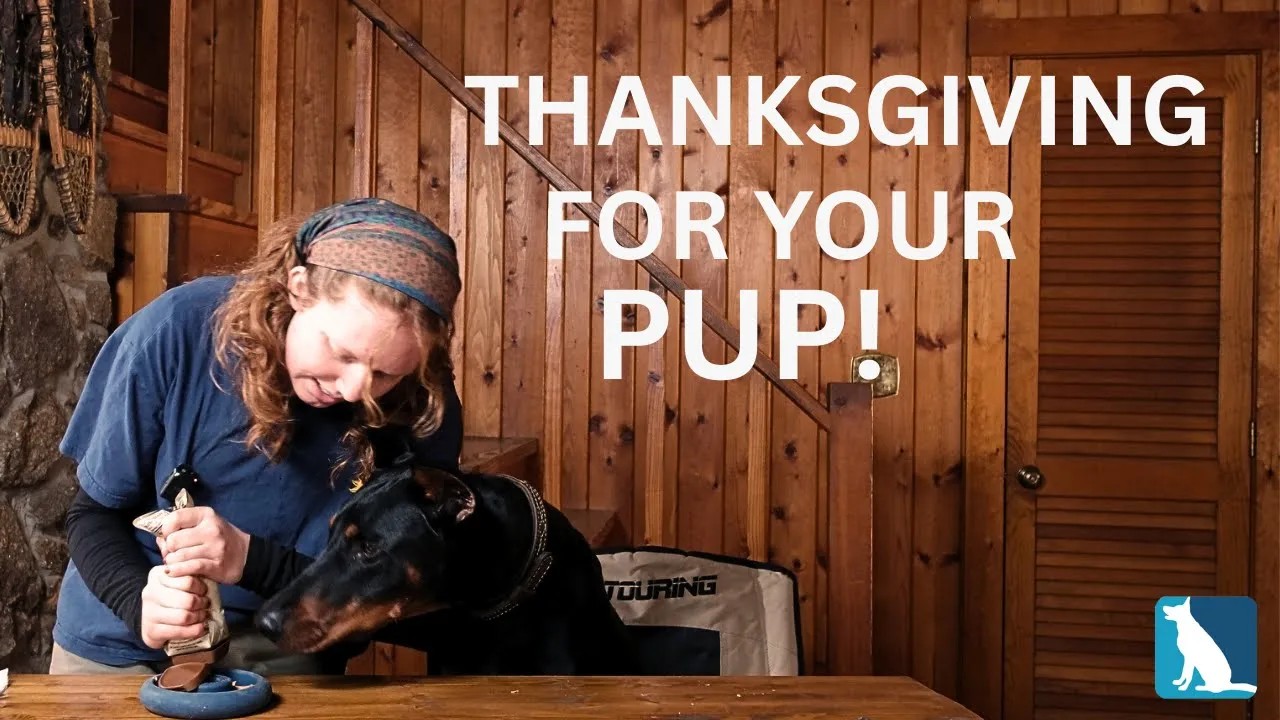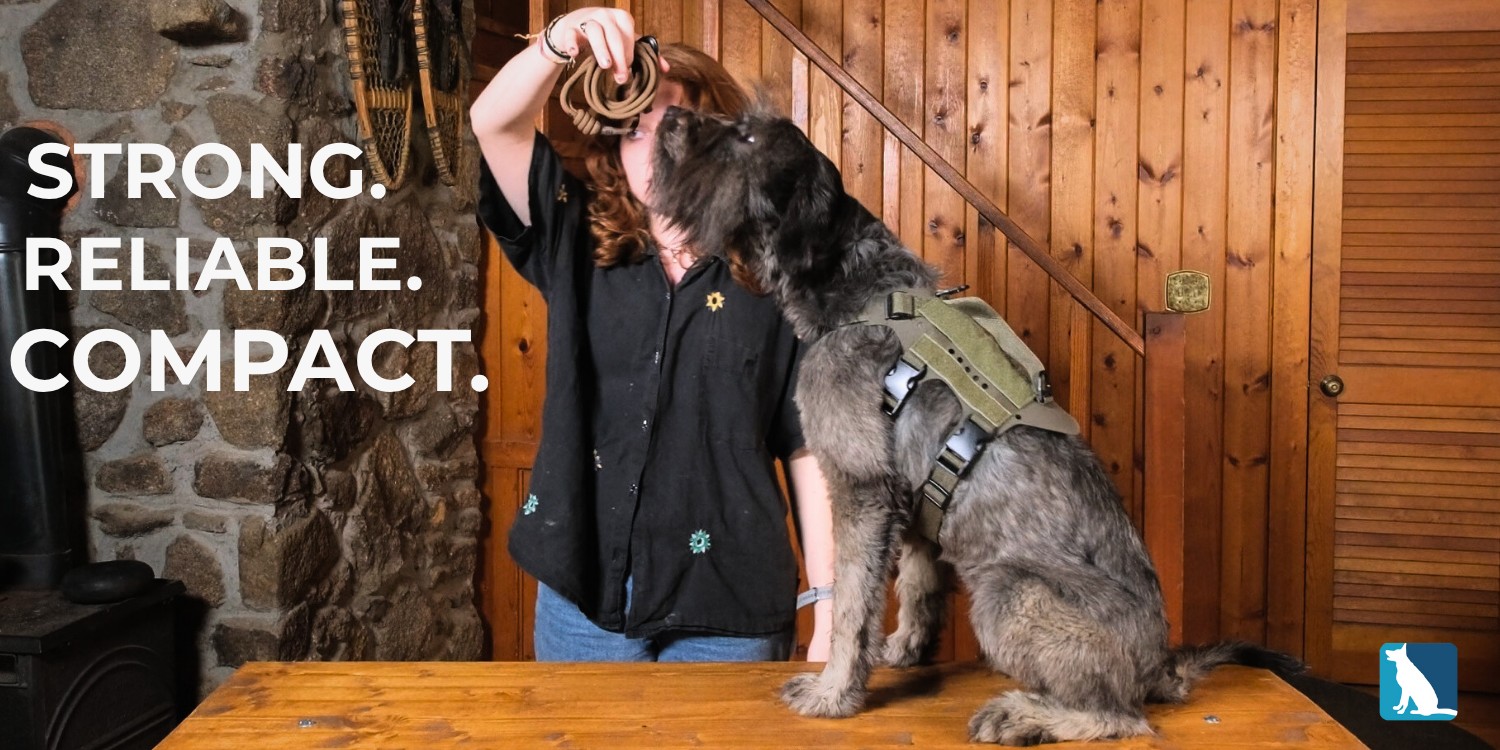How to Make a New Dog Feel at Home: Best Practices for Smooth Transitions
Oct 10th 2024

Bringing a new dog into your home is an exciting and rewarding experience, but it can also be stressful for both you and the dog. Whether your new dog is an energetic puppy or a rescued adult, the transition into a new environment can take time. With the right strategies, you can help your dog feel comfortable, safe, and loved from the start. In this article, we will cover best practices on how to make a new dog feel at home. It’s all about introducing them to their new home, building trust, and reducing anxiety. Together, these will ensure a smooth transition.
How To Make A New Dog Feel Welcome: Prepare for Arrival
Before even bringing your new dog home, it’s important to prepare both your home and your schedule to ensure the transition is as stress-free as possible.
Clear Your Schedule for the First Few Days
The first few days with a new dog are critical for establishing trust and routine. Plan to take time off from work or clear your calendar for a weekend so you can devote your attention to your new furry family member. This will give your dog time to adjust to the new environment without the added stress of being left alone.
Setting Up the Home Environment
Preparing your home ahead of time is essential for a smooth transition. Set up designated spaces for your dog’s bed, food, and water bowls, and make sure these areas are ready before your dog arrives. Having familiar items, such as toys or blankets from their previous home, can provide comfort.
Establishing a Routine
Dogs thrive on routine, and sticking to a consistent schedule from day one will help your new dog feel secure in their new environment.
Stick to a Consistent Feeding and Walking Schedule
Consistency is key when it comes to reducing your dog’s anxiety in a new home. Feeding and walking your dog at the same times each day will give them a sense of structure and security. Maintaining a routine similar to their previous home, if possible, can also help with the adjustment.
Introduce the New Home Slowly
Rather than allowing your dog to roam freely in the entire house, introduce them to one area at a time. Leash your dog while giving them a tour of the home, offering praise and treats to create a positive association with each new space.
Managing the First Day
The first day in a new home can be overwhelming for a dog, but with some thoughtful planning, there are many ways of how to make a new dog feel comfortable in a new home.
Begin Crate Training Immediately
Crate training helps create a safe, secure space for your dog. Contrary to how it might look to us, dogs often view crates as their own personal den. In other words, they become a place to retreat to when they need rest or feel overwhelmed. Start crate training on day one by encouraging your dog to explore the crate on their own terms, rewarding them with treats and praise.
Taking Care of Basic Needs
On the first day, stick to basic routines like feeding, potty breaks, and nap times to avoid overwhelming your dog. Feed them the same food they were eating before, and use familiar feeding and potty schedules to ease their transition.
Introducing Your Dog to Other Pets
Introducing a new dog to existing pets requires patience and a structured approach to avoid conflicts and stress.
Slow, Controlled Introductions to Existing Pets
It’s important to keep introductions gradual and controlled. Use gates or crates to allow pets to see and smell each other from a distance before allowing them to interact face-to-face.
Using Familiar Scents to Ease Tension
Before face-to-face introductions, swap bedding or toys between your new dog and existing pets so they can become familiar with each other’s scent. This helps reduce anxiety and prepares them for peaceful interactions.
How To Make A New Dog Feel Loved: Build Trust and Reducing Anxiety
Do you know how to make a new dog feel loved? Make them feel safe. The process of building trust with your new dog starts immediately, and there are several strategies you can use to reduce their anxiety and help them feel safe.
Positive Reinforcement and Calming Techniques
Use positive reinforcement, such as treats and verbal praise, to encourage good behavior and reduce anxiety.
Providing Mental Stimulation and Enrichment
Mental stimulation is key to preventing boredom and reducing stress in a new environment. Provide your dog with toys, puzzles, and regular play sessions to keep their mind engaged. Keeping your dog busy with activities they enjoy will also help them form positive associations with their new home.
Dealing with Common Issues
It’s normal for dogs to experience a few bumps along the way during their transition to a new home. Here are some common issues and how to handle them.
Overcoming Separation Anxiety
Separation anxiety is common in dogs adjusting to a new home, but there are ways to reduce it. Start by leaving your dog alone for short periods and gradually increasing the time they spend alone. Providing enrichment toys, like treat-filled puzzles, can also help keep your dog occupied while you're away.
Handling House-Training Accidents
Even house-trained dogs may have accidents in a new home as they adjust to a new environment. Be patient and reinforce positive behavior by taking your dog outside frequently and rewarding them when they go to the bathroom in the right place.
How To Make A New Dog Feel Safe And Comfortable
Creating a safe, quiet environment for your dog will help them feel more at ease in their new home. Here are some tips on How to make a new dog feel safe.
Child and Dog Interactions
If you have children, it’s important to teach them how to interact calmly and respectfully with the new dog. Overly energetic or loud behavior can overwhelm a new dog, leading to fear or aggression.
Creating a Calm and Quiet Home
Try to minimize loud noises and activity during the first few days. Giving your dog a quiet, designated space where they can retreat when they feel overwhelmed is essential for helping them settle in.
Adjusting to Life in a New Neighborhood
Exploring new surroundings is an important part of helping your dog adjust to life in their new home and neighborhood.
Neighborhood Walks and Socialization
Once your dog is comfortable in their new home, slowly introduce them to the neighborhood. Take short, frequent walks to help them get familiar with their surroundings while maintaining a sense of security. Socializing with other dogs can also help your dog feel more confident in their new environment.
Keeping Your Dog’s ID and Microchip Updated
Update your dog’s ID tags and microchip information as soon as you move. This ensures that if your dog gets lost, they can be quickly returned to you.
Long-Term Adjustment Strategies
How to make a new dog feel at home is an ongoing process, and every dog adjusts at their own pace.
Monitoring Behavioral Changes
Keep an eye on your dog’s behavior and look for signs of stress or discomfort, such as excessive barking, hiding, or changes in eating habits. These behaviors may indicate that your dog needs more time or support to feel comfortable in their new home.
Patience and Understanding
Remember that it takes time for dogs to adjust to a new environment. Be patient, offer plenty of love and attention, and give them the space they need to feel safe and secure.
How To Make A New Dog Feel Comfortable In A New Home
Those are some of the best strategies on how to make a new dog feel at home. Bringing a new dog into your home is a joyful experience, but it also requires careful planning and patience. By preparing your home, establishing a routine, and using positive reinforcement, you can help your dog feel comfortable, safe, and loved.
Remember that every dog is different. Some may adjust quickly, while others take time. With your support, your new dog will soon feel like a beloved member of the family.





